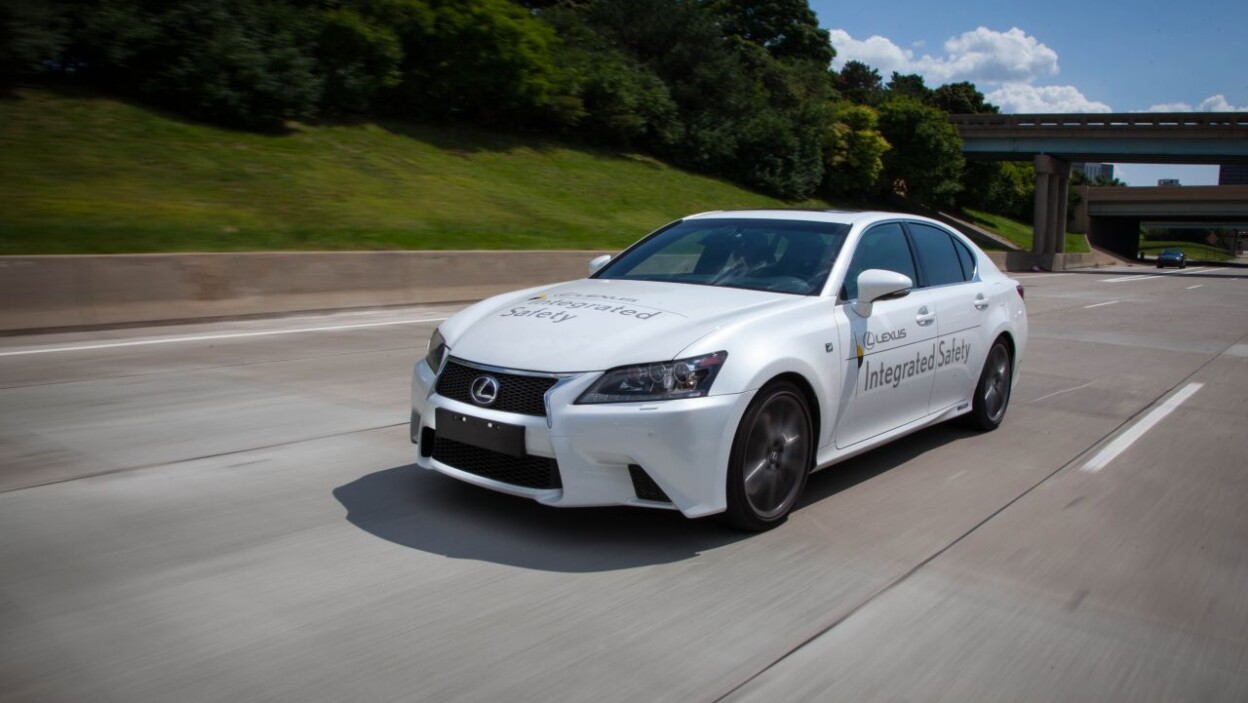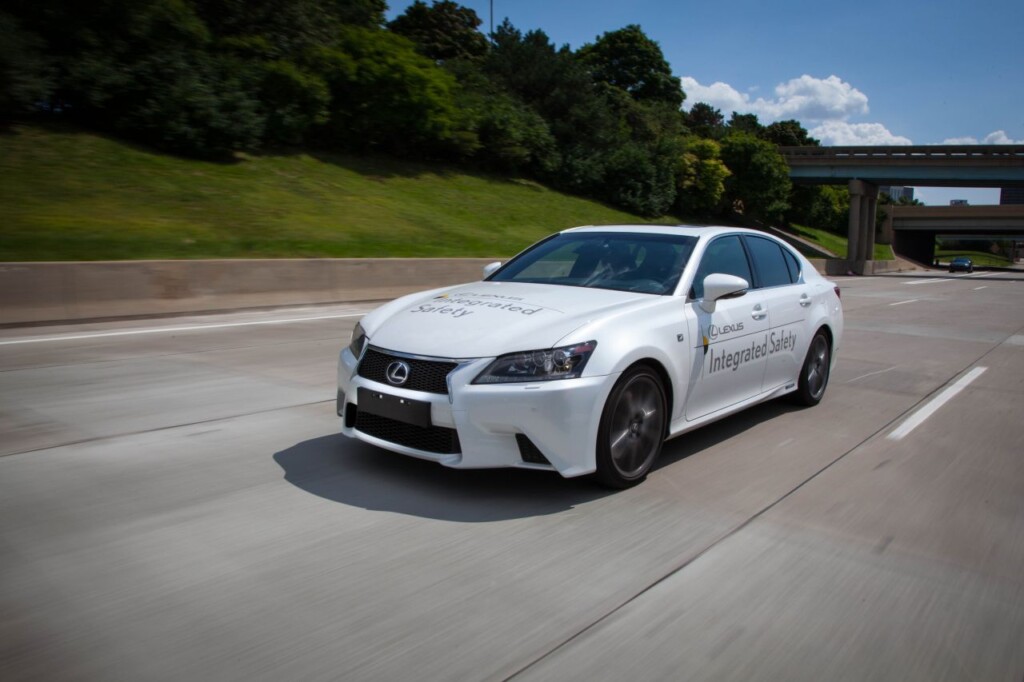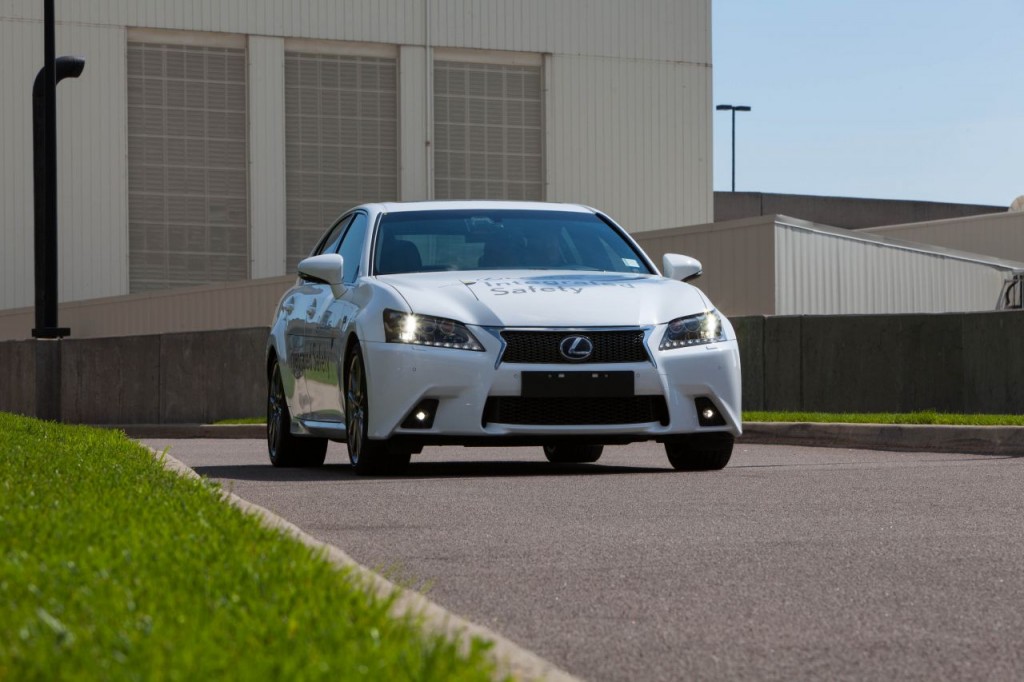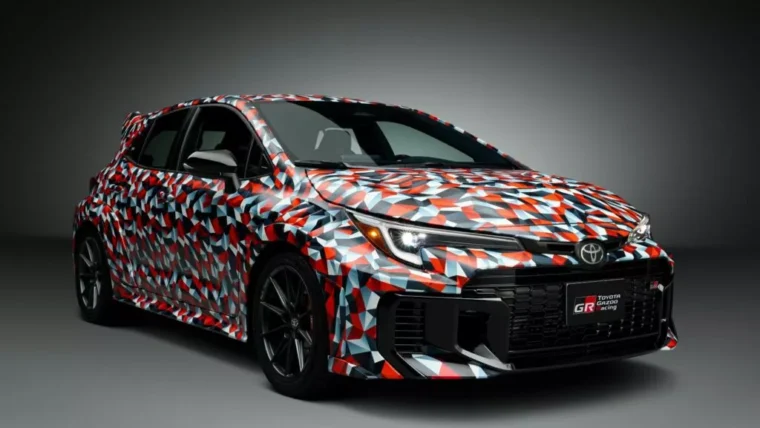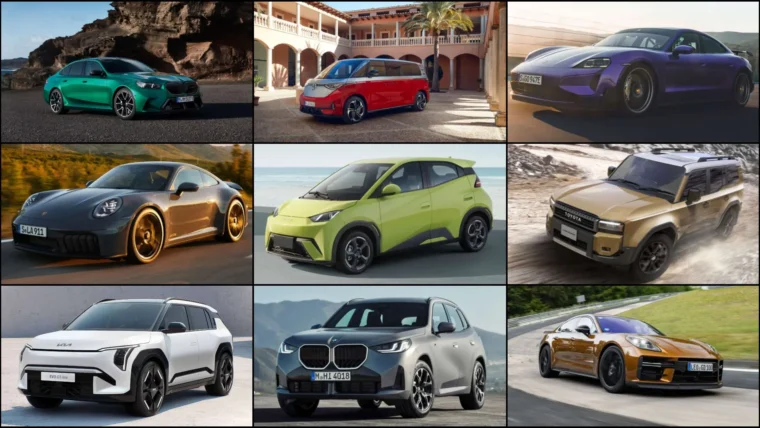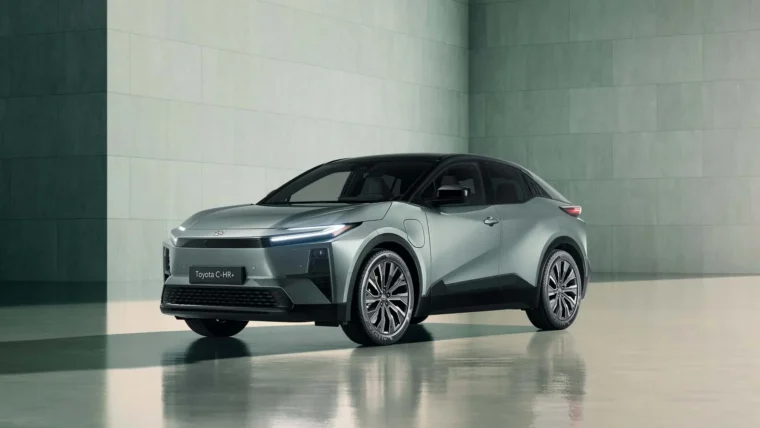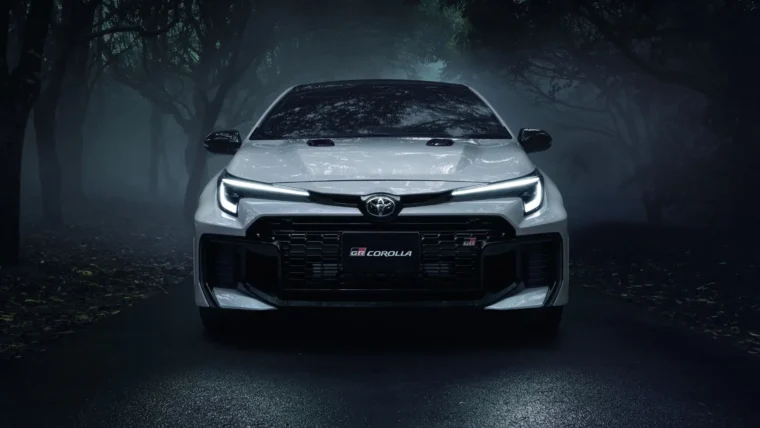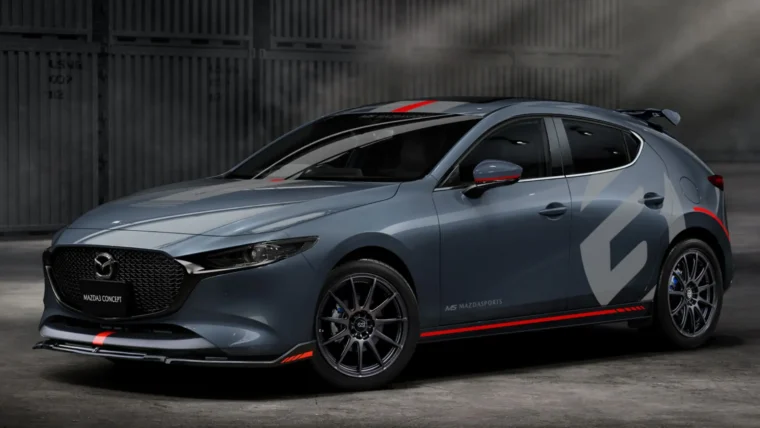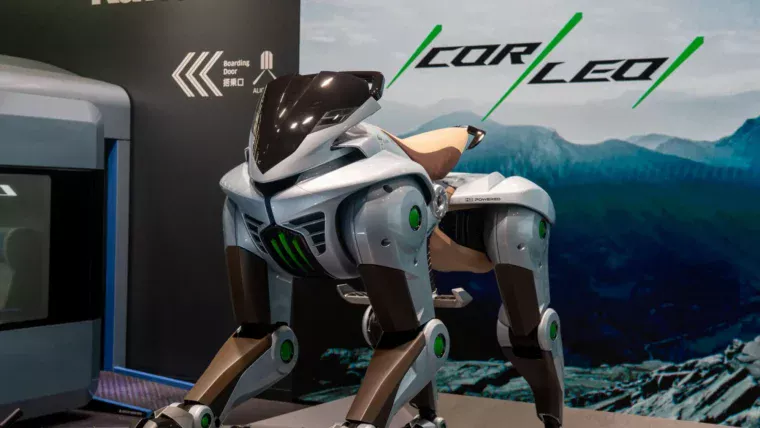It’s not science fiction anymore. Toyota is putting the future of auto safety technology on display, including environment-mapping systems that can track objects on the road both day and night, 3D information displays that transform the ability to provide road information to drivers, and an advanced driving support system that will be available to U.S. customers in the mid-decade.
All these and more were shown today at the fourth annual Toyota Advanced Safety Seminar (TASS), convened in Ann Arbor, Michigan ahead of the Intelligent Transport Systems (ITS) World Congress next week. The seminar provides an advance look into Toyota’s safety research and development, spotlighting the company’s work to help ensure the safe transition to the future of mobility.
“Toyota’s vision is of a world without traffic fatalities, and these advanced connected and automated vehicle technologies hold the potential to revolutionize automotive safety,” said Seigo Kuzumaki, Chief Safety Technology Officer Secretary for Toyota Motor Corporation. “We are committed to bringing advanced active safety systems to market as quickly as possible and will make them accessible to a broad range of drivers.”
In addition to demonstrating safety research underway at the Collaborative Safety Research Center and updating the public on development progress of fully autonomous vehicles that can operate at high speeds and in inclement weather, Toyota executives revealed the status of several advanced automated driving technologies.
http://www.youtube.com/watch?v=EMdZIdXZnTo
AUTOMATED HIGHWAY DRIVING ASSIST (AHDA)
First unveiled last year in Japan, Toyota’s Automated Highway Driving Assist (AHDA) system is designed to team up with the driver behind the wheel to control the car safely. The newest version of AHDA, unveiled at TASS and on display at the ITS World Congress, has been programmed based on actual traffic conditions in the United States and can operate at speeds of up to 70 miles per hour.
The system integrates three core technologies: Dynamic Radar Cruise Control (DRCC), Lane Trace Control (LTC) and Predictive & Interactive Human Machine Interface (HMI). These support the driver by helping to keep the vehicle in the lane and a safe distance from others on the road, all while travelling at highway speeds. The advanced Predictive and Interactive HMI promotes driver engagement by warning when the system will disengage and monitoring the driver’s hands on the wheel.
Dynamic Radar Cruise Control (DRCC)
DRCC helps enable drivers to maintain speed and headway more comfortably while also reducing potential risks by helping to maintain a set margin to the preceding vehicle. The system uses 77GHz millimeter wave radar to detect other vehicles traveling on the road and help maintain specific speeds and distances. The AHDA vehicle is equipped with a production prototype radar sensor that is installed on the front grill, which will be introduced to the market as part of Toyota’s next generation driving assist systems.
Lane Trace Control (LTC)
LTC assists the driver to easily and safely trace an appropriate path within the lane by using signals from a forward-looking camera and 77GHz millimeter-wave radar. These sensors are used to detect lane marking on the pavement as well as forward vehicles. The system calculates an appropriate driving path and automatically adjusts the vehicle’s steering angle so that the vehicle remains within a lane with sufficient margin to surrounding vehicles.
Predictive & Interactive HMI (HMI)
Improved automation through DRCC and LTC are aimed at enabling safer and more comfortable highway cruising to drivers. However it is important to always engage the most important component of the driving system, which is the “driver.” For that reason AHDA has incorporated a predictive & interactive HMI as an integral feature to enable smooth transitions between automated and manual driving.
- The system provides advance “preview” information to the driver for upcoming settings where limited system support can be expected, predicted based on upcoming road geometry as well as historical sensor performance. These predictions are intelligently generated such that they are only relevant for the particular lane in which the AHDA vehicle is currently travelling. Lane-specific predictions are a result of fusing data from an enhanced map, an automotive-grade global positioning system (GPS) receiver, and sensors such as the forward-looking camera and radar.
- Driver monitoring technologies allow the system to understand the level of driver focus on the road ahead. An infrared camera allows the system to understand the driver’s face direction, while a touch sensor allows the system to understand whether the driver’s hands are on the steering wheel. The system warns the driver if prolonged periods of hands off the steering wheel or eyes off the forward driving scene are detected.
Toyota plans to market technologies based on the AHDA advanced driving support system in the mid-decade.
SPAD LIDAR (Single Photon Avalanche Diode / Light Detection and Ranging)
Demonstrated for the first time in North America at TASS, Toyota’s advanced SPAD LIDAR environment mapping and recognition system is a key advancement toward the deployment of automated driving technology. In addition to performance improvements, the system boasts reduced size and cost, allowing it to be installed onboard the vehicle instead of the bulky roof mounts of traditional LIDAR systems.
- High-resolution LIDAR (Laser Radar) combines the functions of millimeter wave radar and stereo cameras
- Detects the positions and the shapes of obstacles
- Active sensors are usable during both day and night
- Co-developed with Toyota Central R&D Labs., Inc.
3D HUD (Heads-Up Display)
Toyota’s innovative 3D Heads-Up Display builds on the company’s philosophy that advanced safety technology should work as a “teammate” with the driver to offer a groundbreaking new approach to vehicle interface design. The system provides critical information including vehicle status, traffic conditions and road signs on the front windshield, rendering them in three dimensions without the need for glasses or other accessories.
- Completely new 3D viewing technology
- Shows information at specific positions on the roadway.
- Developed by Toyota InfoTechnology Center, U.S.A., Inc. (ITC) and Calty Design Research, Inc. San Francisco.
Other posts by AF Newsdesk

